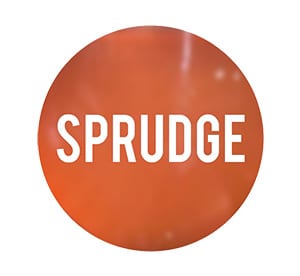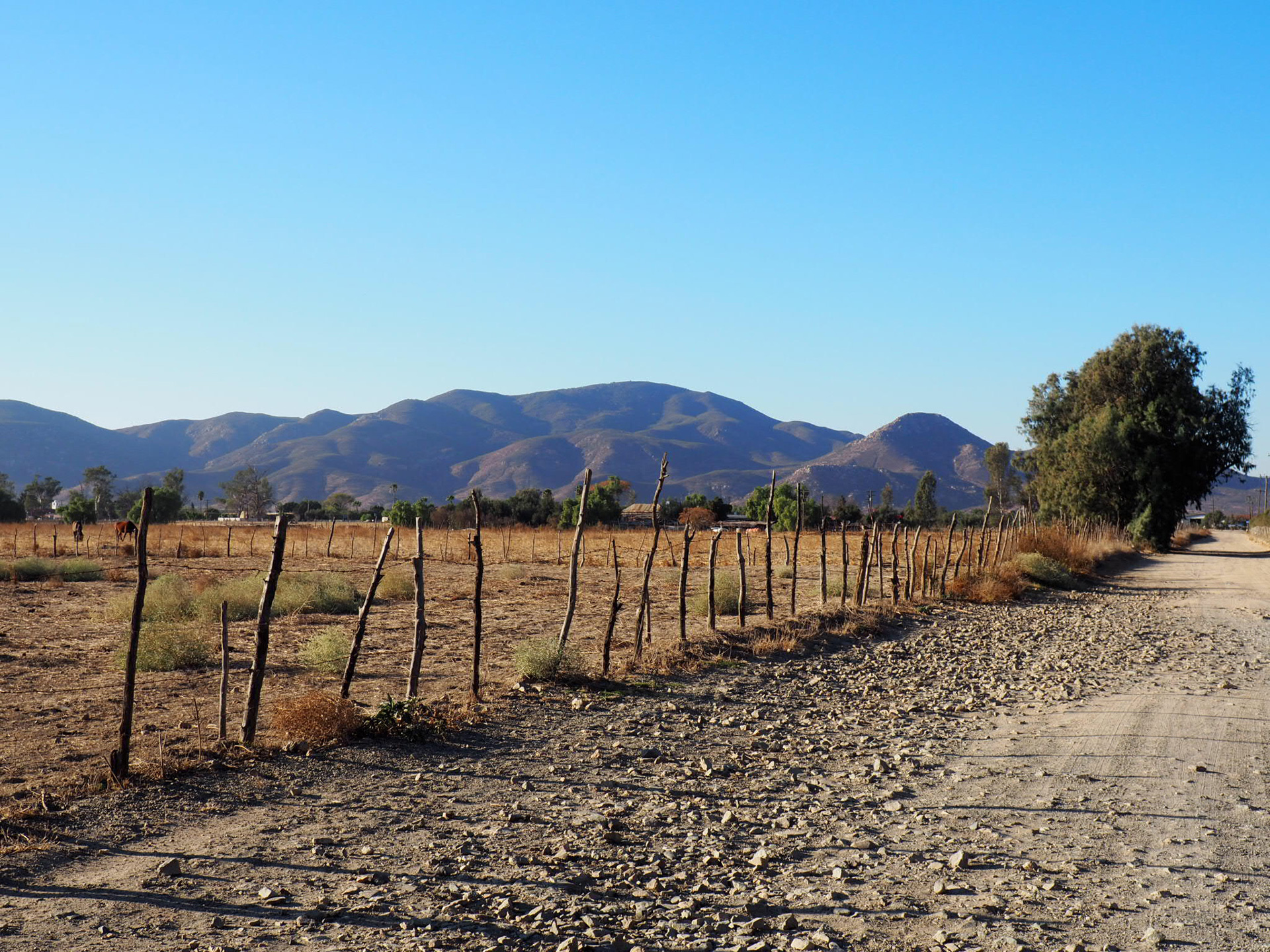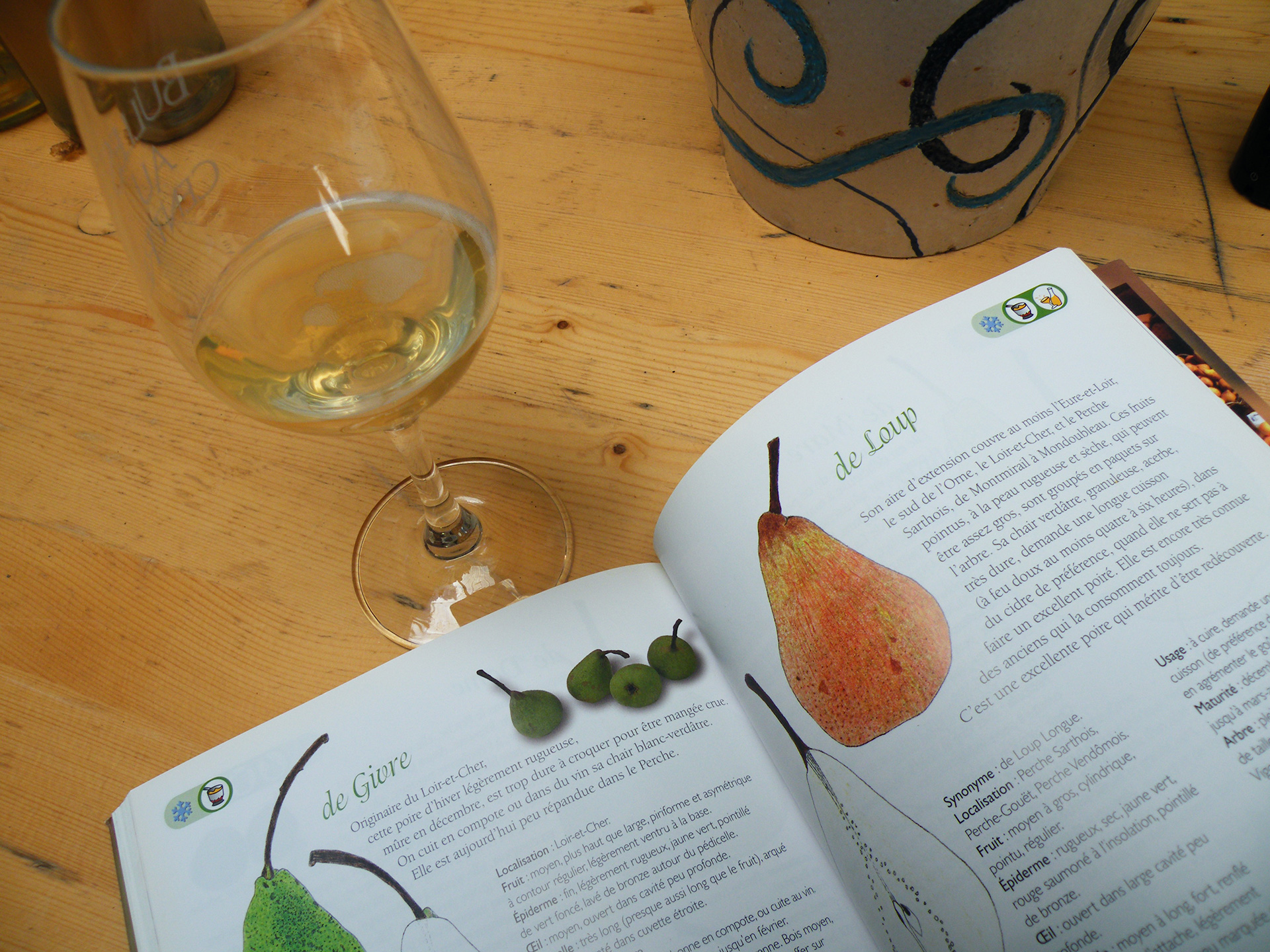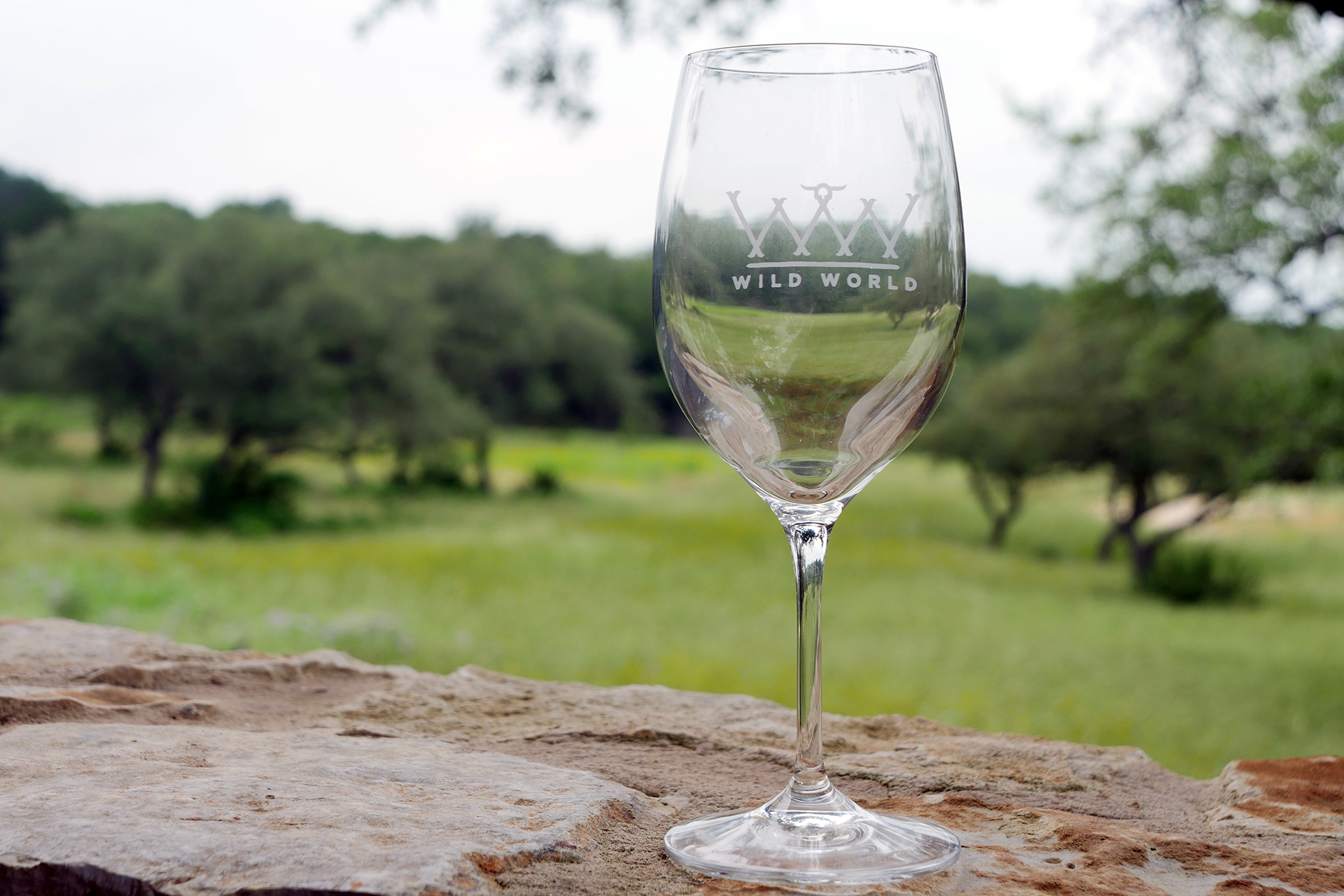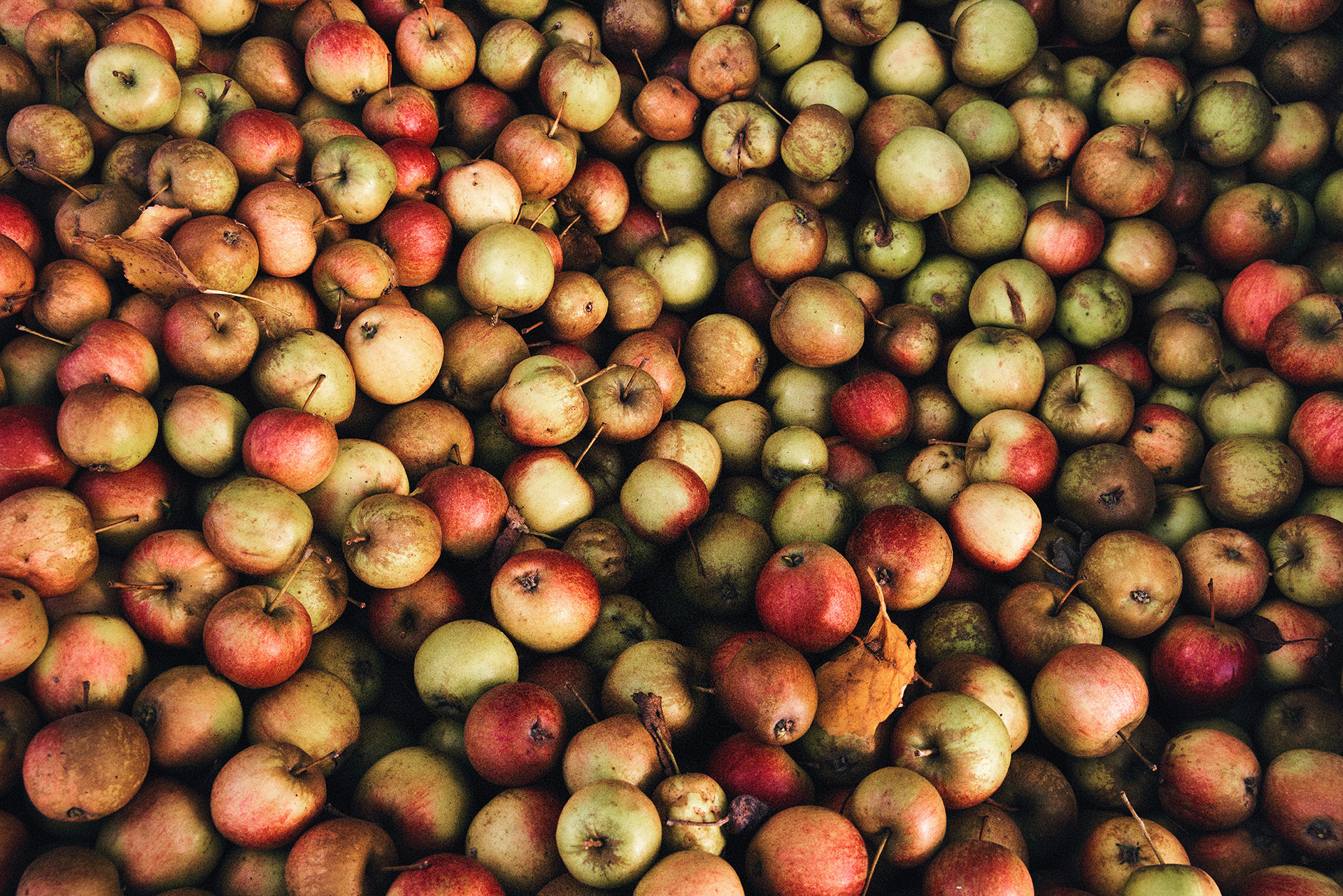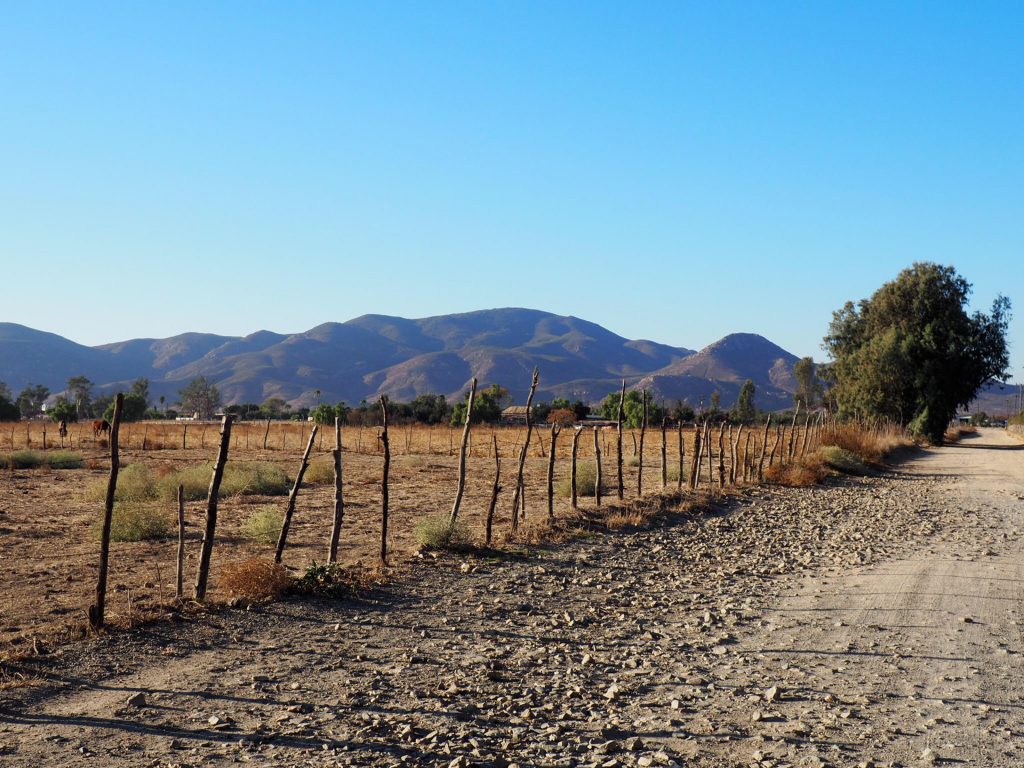
The growing excitement you’ve heard is true: they’re making wine in Mexico. The epicenter of all this grape growing and fermenting is in the far northwest of the country in Baja California, not far from San Diego. This area is called the Valle de Guadalupe, and it’s responsible for around 75-90 percent (depending on who you ask) of Mexico’s wine output.
The history of winemaking in Mexico is a little disjointed, thanks to colonization and its effects. The ultra-short version holds that grapes were first brought over by Spanish missionaries, with the vines ripped up once Spain realized its colonies weren’t buying wine from them any longer. A few centuries of dormancy passed until winemaking reappeared around 1900, culminating in the 1980s and 90s when commercial winemaking exploded, relatively speaking—this time with an eye for quality. Today, the “Valle,” as it’s called, produces around 150 million cases a year and boasts more than 150 wineries.
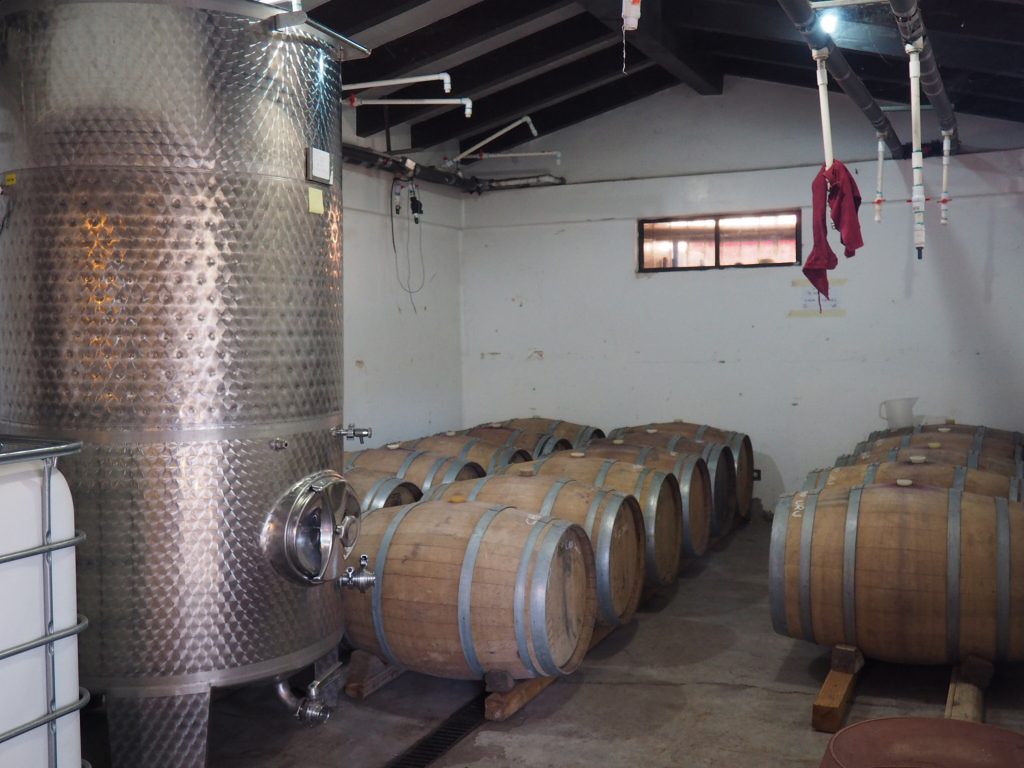
The overall situation there is less than formal. There’s no denominacion de origen, as there is in, say, Spain or in the Mezcal-producing states. There are no signature grape varieties. No regional winemaking techniques. And the Valle has an unaddressed water problem, causing vineyards to grow grapes in other valleys further south, like Valles Santo Tomas and Vicente, where there is more water and space. Because of the lack of regulation, this means that anything grown in that wider Baja vicinity, which spans a few hundred miles, can be labeled as wine from the Valle de Guadalupe.
Baja’s viticultural lawlessness offers opportunities, too, especially when taking into account Mexico’s wine drinking culture. Historically, there hasn’t been much of one. Presently, a lot of wine lists in Mexico look similar to what could be found in big American cities throughout the 1980s-90s (and some today), meaning a selection primarily from California, France, and Spain along with many Mexican wines made in similar styles. There’s a lot of oak and it’s all too expensive. But the lack of regulation in the Valle and Baja California’s relative geographical isolation related to “mainland” Mexico have created an entrepreneurial opportunity as well as a culture not wholly fixated on making—or drinking—wine in any one way.
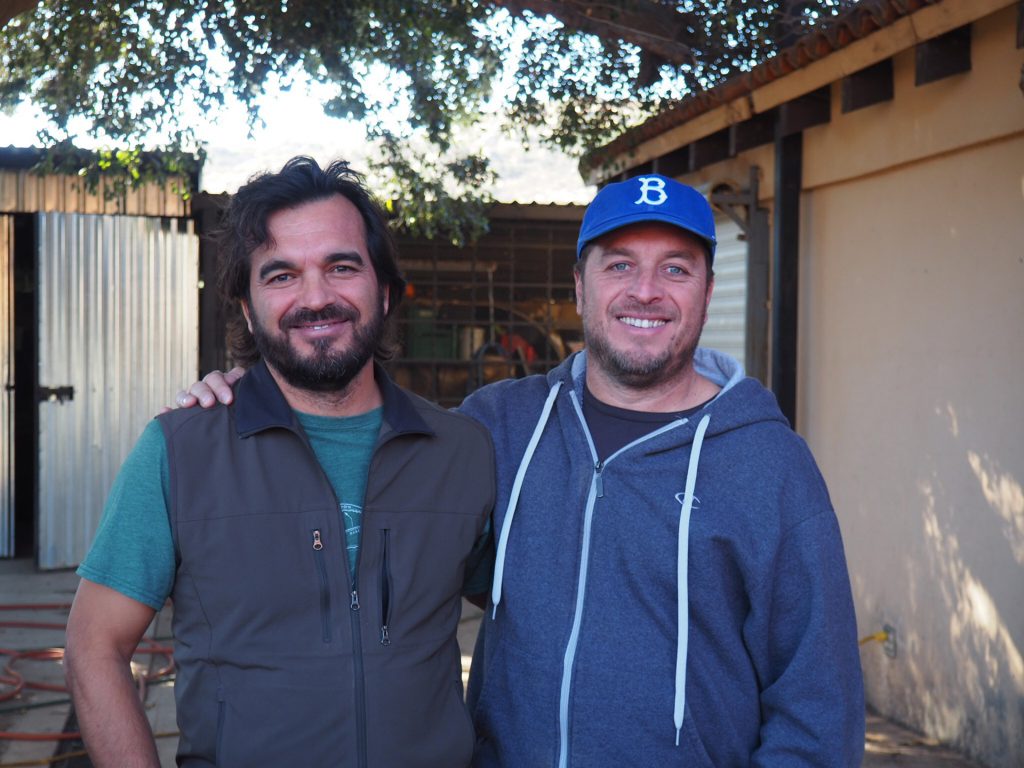
Brothers Noel and Jair Téllez, who are from Tijuana, have taken advantage of this vacuum. They launched their low-intervention label in 2015 with little winemaking experience and a lot of trial and error and called it Bichi, which is a slang term for “naked” in the neighboring state of Sonora. Bichi’s wines are made with little to no sulfites, organically farmed grapes, natural fermentation, and native yeasts. They’re also experimenting with little-used local grapes that fell out of fashion long ago, like Misión and Rosa del Peru, and different winemaking techniques, like fermenting in amphorae. They also source their pét-nat from a grape I (lovingly) dub “The Gremlin.” It’s an unknown clone that has come from years of cross-pollination on a specific plot of land.
Bichi—which sources grapes from its proprietary vineyards in Tecate, a mere six miles from the United States border, as well as from another vineyard an hour away in the Valle de Guadalupe—is likely the only winery in Baja that would satisfy hardcore natural wine purists. That’s not necessarily a good thing, according to Jair, whose primary gig is as one of Mexico’s most lauded chefs at the helm of his restaurants Laja (in the Valle de Guadalupe), MeroToro, and Amaya (in Mexico City). “If you find anyone else doing it, and it’s good, let me know!” he laughs.
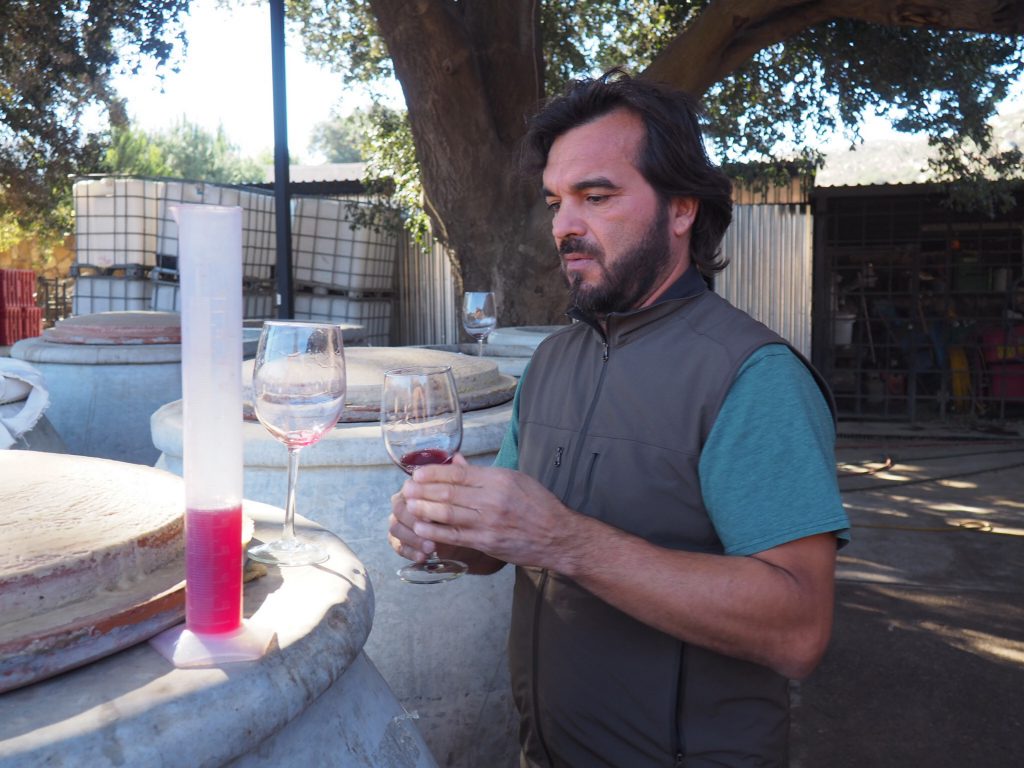
“Nobody buys our wine here in Baja, nobody is interested in drinking it yet,” he says while we barrel taste the first sips of the unfinished 2017 vintage. He adds that it doesn’t bother him—the United States is just catching on, too, and overall market share for natural wines is still very small. And he notes that the market for natural wines in Mexico City is expanding at a rapid clip. In the last two years, Bichi has become the darling of natural wine bars in the United States and will be found in Copenhagen bars, as well as Bar Brutal in Barcelona, in 2018.
“We have created more enemies than friends in the Valle de Guadalupe. Some [winemakers] here just don’t understand it and they don’t like it. Because it doesn’t have the things you expect in wine—flavor is referential. And it doesn’t make sense to make it if you don’t like it, so that’s why there isn’t that much being made in Mexico right now,” Téllez explains.
Percentage-wise, he’s right. Especially when compared with the most significant wineries in town, L.A. Cetto, Pedro Domecq, and Santo Tomas, which together produce around 85-90% of the region’s wine, period—forget about low-intervention wines. But it’s hard not to notice the spate of individual bottles popping up at various wineries that traditionally make more conventional wine claiming “natural” status. What does natural wine mean in Mexico, anyway, and who else is making it?
“I’m making one for Bodegas Henri Lurton, one for Palafox, and one for Bruma,” Lulu Martinez tells me via WhatsApp after I asked her if she was making any natural-style wines. Martinez is the Valle’s current wunderkind. She recently returned to her native Ensenada, the port city nearest the Valle de Guadalupe, after a 10-year stint in Bordeaux. There, she studied enology and worked for Chateau Brane-Cantenac, who owns her new Mexican label, Bodegas Henri Lurton. She consults for two other wineries in the area, Palafox and Bruma.
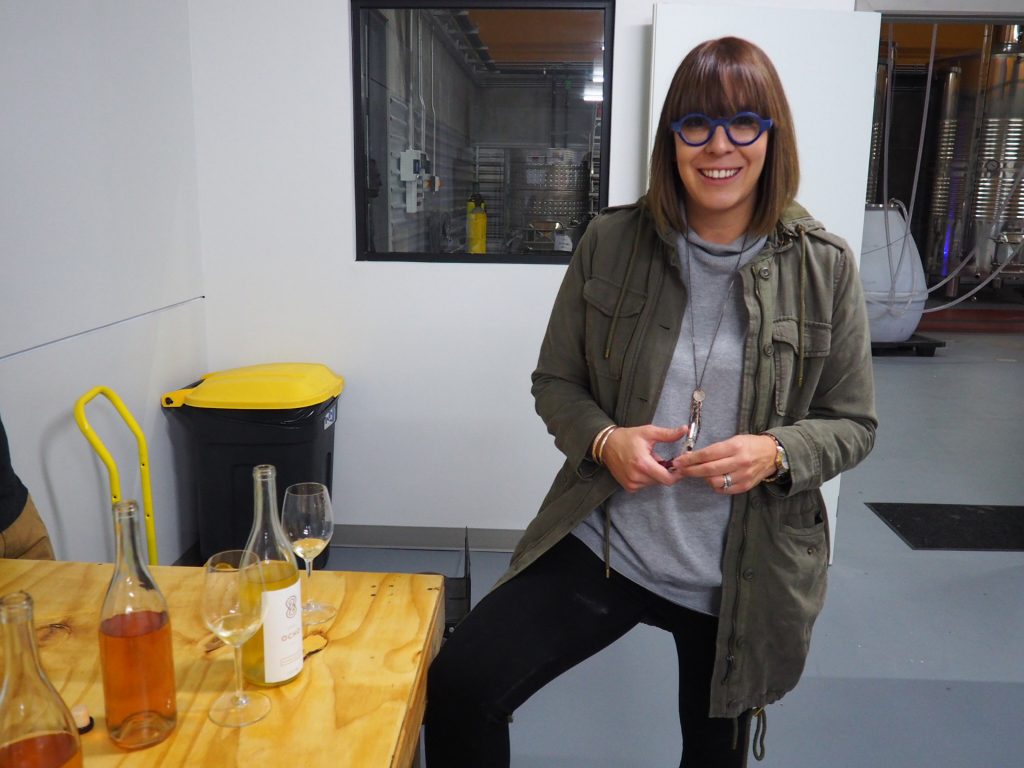
I arrive at her brand new facility, which is smack in the middle of the Valle de Guadalupe, and head straight to a laboratory-sterile room where three candy-colored bottles stand out under the harsh fluorescent lighting. The first, which she made for Palafox, is deep pink, a rosado made 100% from Misión harvested in 2017.
“I have to confess, I hate Misión,” Martinez says. “It doesn’t have nice tannins and is naturally low in sugar, but the worst thing of all is the aroma. It smells and tastes like Robitussin.” It’s true—though the grape hasn’t been widely cultivated in Baja California since the 1500s, any Misión wines I’ve ever tasted have been at least slightly medicinal, save for the Bichi blends, which are tempered by the Rosa del Peru.
This rosado, however, was pleasantly reduced and punched with bitter melon notes. The pale orange macerated Chardonnay for Bodegas Henri Lurton saw skin contact for two months. There was only a faint copper twinge that gave way to tangerine and peach flavors. Martinez explained that these particular wines were on their lees and underwent malolactic fermentation with native bacteria, and so were rounded out by a bit of creaminess.* None contained sulfites at the time, though Martinez said she would be adding a minimal amount at bottling.
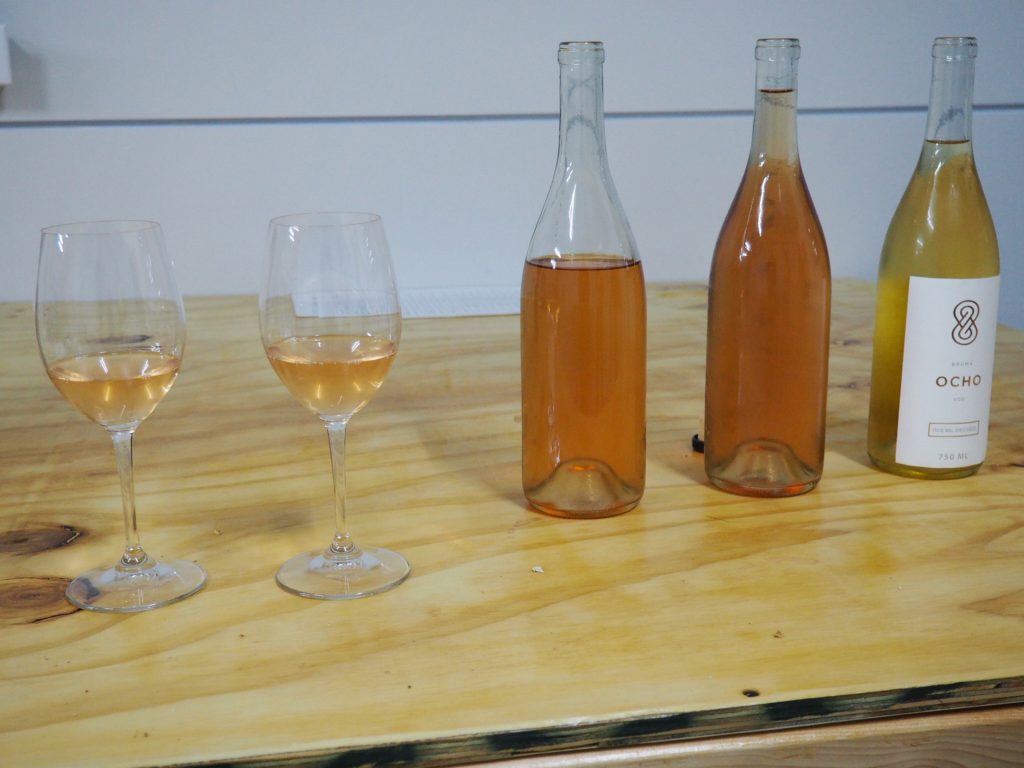
The star of the show was her creation for Bruma, an already-bottled, straw-colored Chenin Blanc, so it contained a small amount of sulfites. It, too, was non-filtered and fermented with native yeasts and, incredibly, had spent 14 months in 100% new French oak—something that was barely detectable against the apple, pear, and reductive notes.
All of the vineyards Martinez works with farm organically—it’s common in Baja, she says, though almost nobody is certified. The climate provides few obstacles as far as pests are concerned, so most winemakers don’t see the point of using pesticides or anything other than copper and sulfur, if necessary.
Having spent the last decade in France, Martinez isn’t a stranger to natural wine, and she says she tasted it all—the bad and the good. “I was very scared. This was a small production, my first. I wanted to challenge myself, to see if I could do it,” she says.
She is just as curious about the state of natural wine in Mexico as the Téllez brothers are. Specifically, she wonders what the term meant to different winemakers in the area. She estimates that, philosophically, she’s somewhere in the middle. She’s not quite as “pure” as Bichi, because she will always use sulfites. There are other winemakers in the Valle that claim they’re natural because only because they don’t correct their wine, she says.
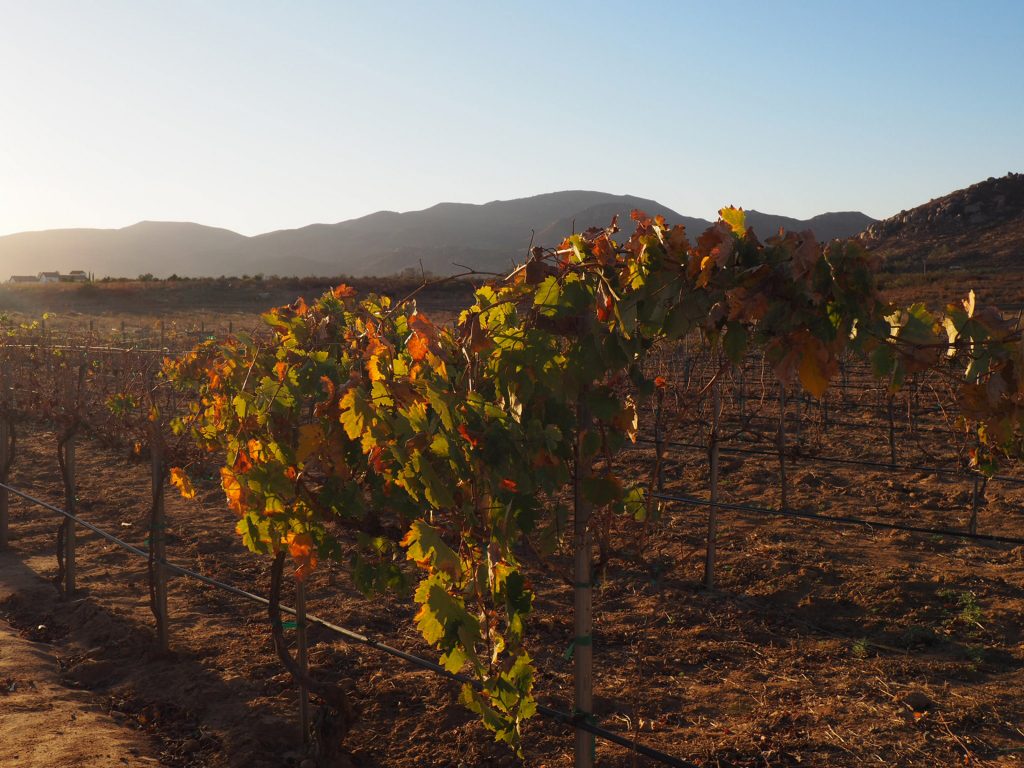
One non-corrector is Torres Alegre y Familia, set against the mountains on the other side of the valley. It’s run by the father-son duo of Victor and Leo Torres Alegre, the former of whom received a Ph.D. in enology from the University of Bordeaux, the same school Martinez attended. They’ve been making wine here for a lot longer than everyone else—more than 30 years, during which, they’ve always referred to themselves as natural. That was before natural wine became a “thing.”
“At least in Mexico, there’s no real definition of the term,” Leo tells me. “We never wanted to produce natural wines as the way people today know it. What we wanted was a product that would be true to our land. People say natural is when you use yeast from the region, not using sulfites—there’s a lot that can qualify. Our issue with so-called natural wines is, sometimes, the structure of the wines changes. For us, it’s affected more than using sulfites.”
While chatting, we sipped the 2017 Del Viko blend, which is a mix of Grenache, Nebbiolo, Merlot, Cabernet Franc, Tempranillo, Zinfandel, Syrah, and Petit Verdot, and was due to be bottled the next day. Leo continued to explain that his father has tried just about everything in the last few decades he’s been making wine—hyper-oxidized wines, no sulfites, you name it. He says Victor discovered, over time, that there are things about wine that shouldn’t be messed with. That enology is a relatively new science, one that is sometimes trumped by longer-standing traditions. They both strongly respect the scientific advancements that have been made in modern winemaking.
That said, Leo and Victor don’t add tartaric acid to wine, as many local winemakers do to combat the low-acidity producing grapes of Baja, nor do they correct tannins. They don’t employ native yeasts—they think the local yeast is poor quality and too young. Sulfites are used, and they use a variety of pest control methods, most notably sulfur, along with other suggestions from the Baja California government. They also utilize a gravity-flow technique, with no pumps or hoses.
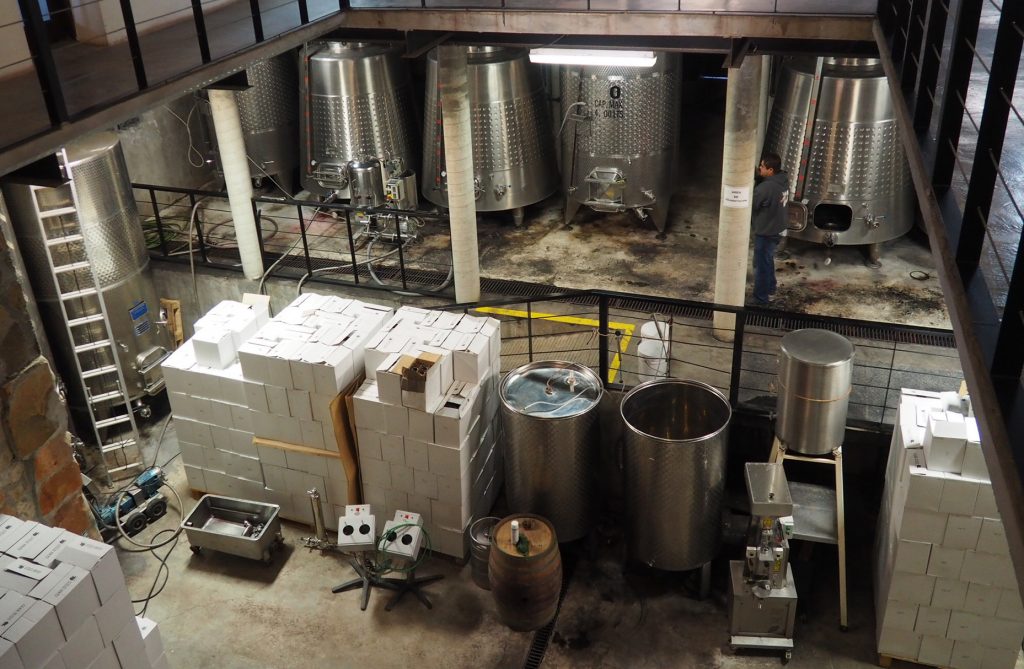
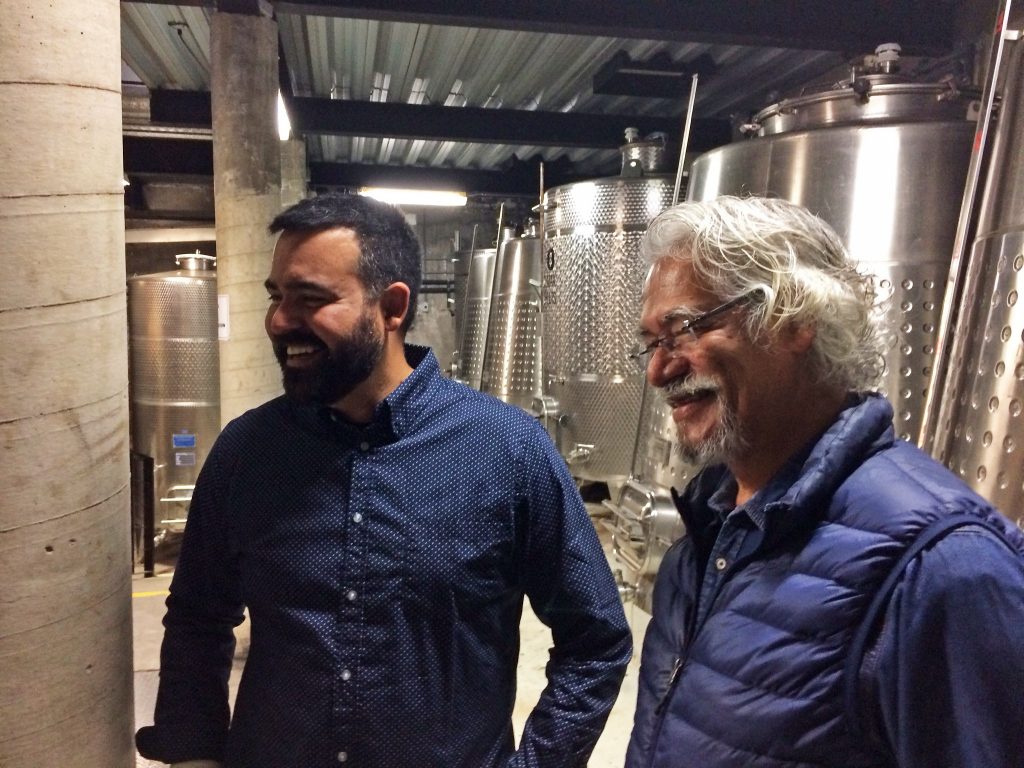
Though there are other wineries in Baja California that are testing the waters in similar ways, there is no consensus on what constitutes a natural wine. Hell, there’s not even a consensus on what grapes grow best there. What’s certain is that the market is positively wide open, and that, for its relatively short time span as a wine-producing region, winemakers in the Valle de Guadalupe are already bucking tradition and exploring exciting, uncharted territories and philosophies. For Bichi, earnestness and letting nature take her course, no matter what, is the rule. For Torres Alegre, respecting the grape’s chemical structure and playing to its strengths and weaknesses—however much intervention that requires—implies a natural approach. In her more conventional wines, Martinez would agree, though it’s clear that going more rogue has piqued her interest. “I would love to know what everyone else’s definition of natural wine is,” she wonders. “There are no rules! Who makes the rules?”
Jackie Bryant is a freelance journalist. This is her first feature for Sprudge wine.
*Correction: An earlier version of this article unclearly stated the relationship between yeast and maloactic fermentation. It has been updated with additional insight from winemaker Lulu Martinez.
